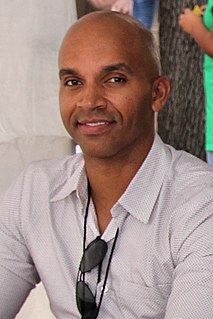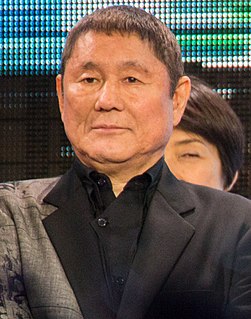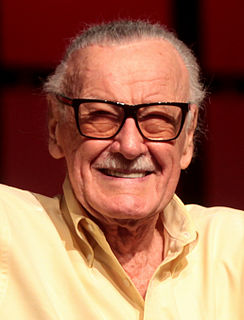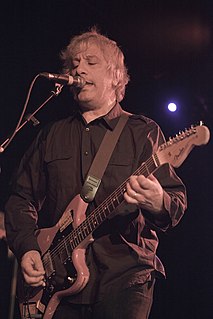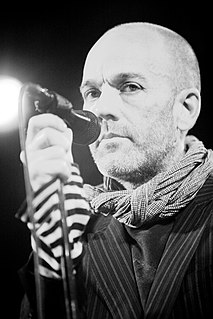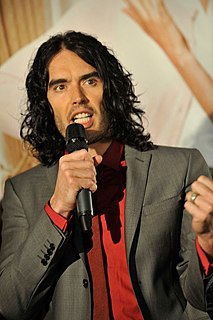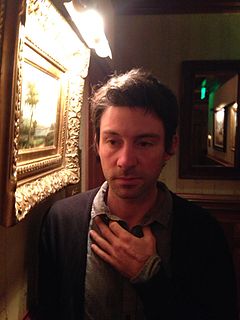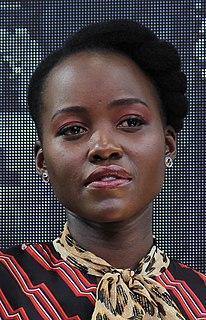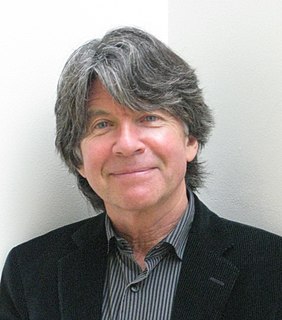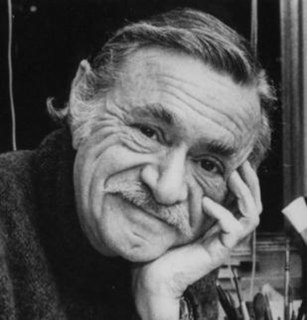A Quote by Kadir Nelson
For me, each book is kind of like a silent film. If you were to remove the words and just look at the pictures, you should be able to tell what the story is about without having to read a word of text. That's what I think I brought from doing artwork for film to doing artwork for books.
Related Quotes
I believe you shouldn't force the audience's interpretation of a character or a story. The more you explain things, the less intriguing and imaginable they are for viewers. . . . Film to me, in its essence, in its ultimate nature, is silent. Music and dialogue are there to fill what is lacking in the image. But you should be able to tell the story with moving pictures alone. For my next project, though, I'd like to make the kind of film where the characters blabber all the time.
Whenever I work on an album and the time comes to do all the artwork, the only thing I think of is the LP artwork. When we worked on the 'Electric Trim' artwork, we spent weeks and weeks making the LP artwork great, and then the CD artwork came together in a day or two. The LP is what's important to me.
The artwork for the record is kind of an homage to that. It's a collage, which rhymes with homage, I just realized. It's an homage to this kind of almost like a teenager's idea of what the future might look like, if he were using a Xerox machine and cut-and-pasting it together. Which is exactly what we did to come up with the artwork.
I think, for me, Julian Schnabel set a great precedent in being able to cross over so successfully. I feel like his artwork is kind of big, grand, and bombastic, yet the films that he makes are very beautifully sensitive, and I just feel that his filmmaking sensibility is very different from his artwork.
In our time, we have become too interested in the artist and his or her character and experience as a way of understanding art. In my view, you should be able to read a book or see a film without knowing a single thing about conditions or circumstances or character of the artist, and experience the work to the full without such information. Sometimes I feel - speaking for myself - that people know much too much about me, and I wish people knew less and could just read these books and respond to them purely as words on a page.
Cinematography was incredibly foreign to me, so I read as much as I could about it. Once I figured out that it was just photography with a set shutter speed, I got some slide film and I just went about storyboarding the script and taking snapshots. I took a ton of time doing it just to make sure I knew exactly what I was doing. By the end of it I knew what the film was going to look like - my exposure and the composition and everything. I wasn't scared of cinematography anymore.
The set of '12 Years a Slave' was an extremely joyous one! We all recognized that we were making a powerful, necessary and beautiful film, and we weren't about doing it without that sense of responsibility, and we recognized that we needed each other to tell this story. We also knew we needed to hold each other up as we told the story.
Sometimes I read the same books over and over and over. What's great about books is that the stuff inside doesn't change. People say you can't judge a book by its cover but that's not true because it says right on the cover what's inside. And no matter how many times you read that book the words and pictures don't change. You can open and close books a million times and they stay the same. They look the same. They say the same words. The charts and pictures are the same colors. Books are not like people. Books are safe.
To me, one of the greatest triumphs in doing a book is to tell the story as simply as possible. My aim is to imply rather than to overstate. Whenever the reader participates with his own interpretation, I feel that the book is much more successful. I write with the premise that less is more. Writing is not difficult to me. I read into a tape recorder, constantly dropping a word here and there from my manuscript until I get a minimum amount of words to say exactly what I want to say. Each time I drop a word or two, it brings me a sense of victory!
